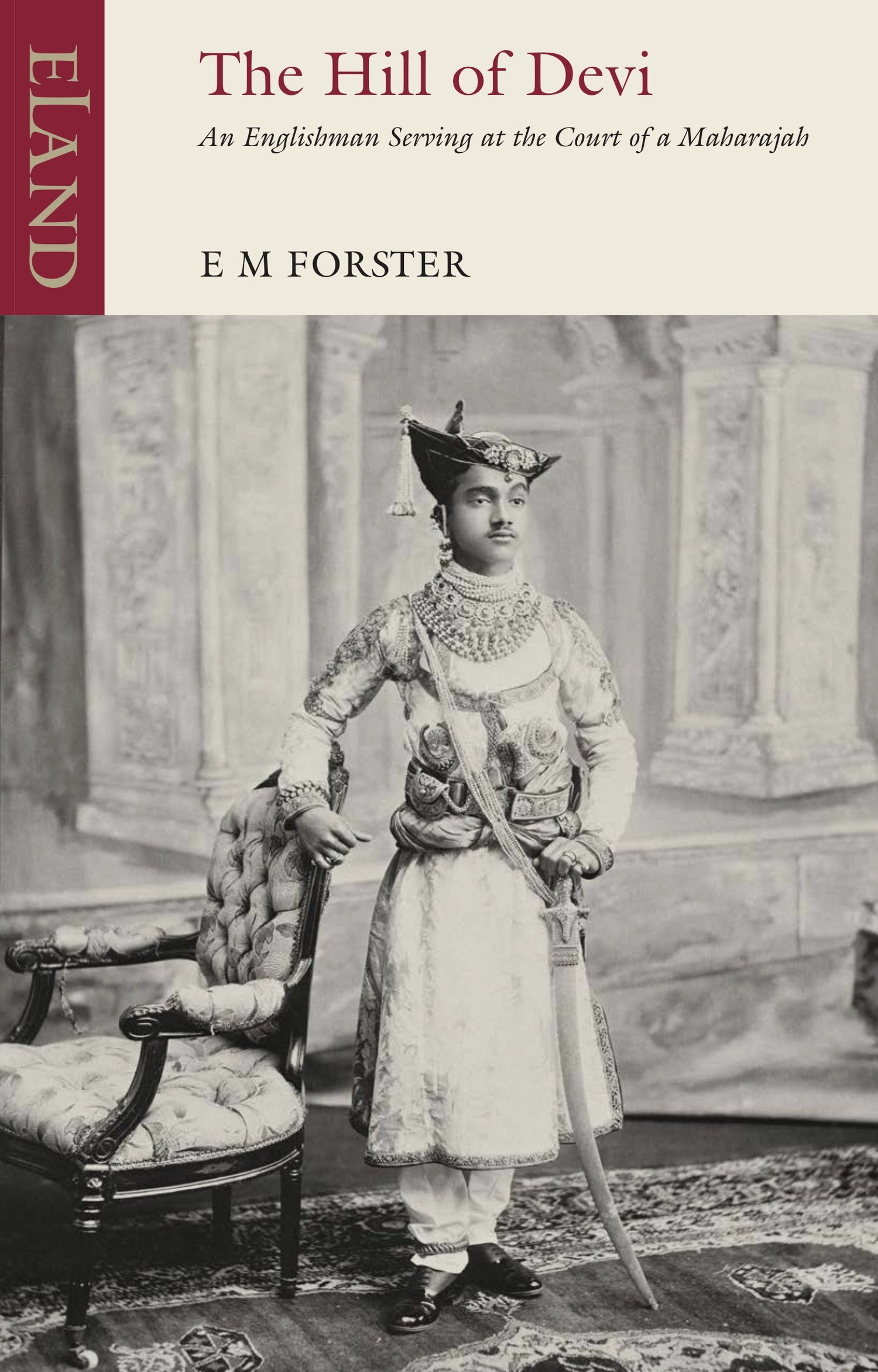tomas0772@bookwyrm.social reviewed The Hill of Devi by E. M. Forster
One of the finest commentaries on India written
5 stars
To my shame I hadn’t read anything by E.M. Forster, but there was something about The Hill of Devi that I found encapsulating, enigmatic in its description that encouraged me to delve into reading. I think the allure of an India of the past is something few can put aside, it’s a land still very much shrouded in mystery, with a history stretching back tens of thousands of years to the ancient religions of the Indus Valley that, although, very much changed since then, are still fervently practiced today.
E.M. Forster’s account of his temporary posting as Private Secretary to the young Maharaja of Dewas (now a part of the Madhya Pradesh state), Tukojirao III, whose image is on the front cover of the book, and described by Forster as ‘certainly a genius and possibly a saint’. These are not words used in any derogatory sense, as the account of …
To my shame I hadn’t read anything by E.M. Forster, but there was something about The Hill of Devi that I found encapsulating, enigmatic in its description that encouraged me to delve into reading. I think the allure of an India of the past is something few can put aside, it’s a land still very much shrouded in mystery, with a history stretching back tens of thousands of years to the ancient religions of the Indus Valley that, although, very much changed since then, are still fervently practiced today.
E.M. Forster’s account of his temporary posting as Private Secretary to the young Maharaja of Dewas (now a part of the Madhya Pradesh state), Tukojirao III, whose image is on the front cover of the book, and described by Forster as ‘certainly a genius and possibly a saint’. These are not words used in any derogatory sense, as the account of his time spent in India and in the Maharaja’s service is not just affectionate, but loving, sincere and incredibly funny.
Although a memoir of Forster’s travels to India in the 1910s and 1920s, The Hill of Devi predominantly contains a collection of letters written, mostly, to his mother, showing a fascinating insight into the Maharaja’s court and the state of India in the 1920s, a very much ‘warts and all’ approach which not just defined an English predominance for society and manners, but also the self-depreciation of one that looks at the world as it is without any sense of pretension. In The Hill of Devi, Forster often hilariously highlights his own ignorance and inabilities just as much as others.
One of the most captivating parts of the book was the chapter on the Gokul Ashmati festival, the festival to celebrate the birth of Krishna, and it is really here that the state of India is really brought to the forefront. Although a country with great richness, it is also a country of great poverty, and set among a time of great financial difficulties the celebration highlights some of the issues India was facing in the 1920s and under British rule. This is something that Forster reminds us of on occasion, with mentions of Gandhi and the particular political movements growing at that time. The Hill of Devi finally reminds us that British rule was not all the glory it has been believed to be in more recent times, the eventual fate and humiliation of the Maharaja is not just tragic but highlights the intolerable attitude of the former British empire and it’s dominance over the country.
The Hill of Devi is set among the time Forster was writing A Passage to India, which was made into a major film in 1985, and stands the test of time as one of the finest commentaries on India and the lives of those not just in the Maharaja’s court but also the lives and times of India in the last years of British rule.

